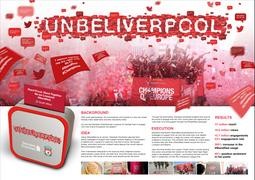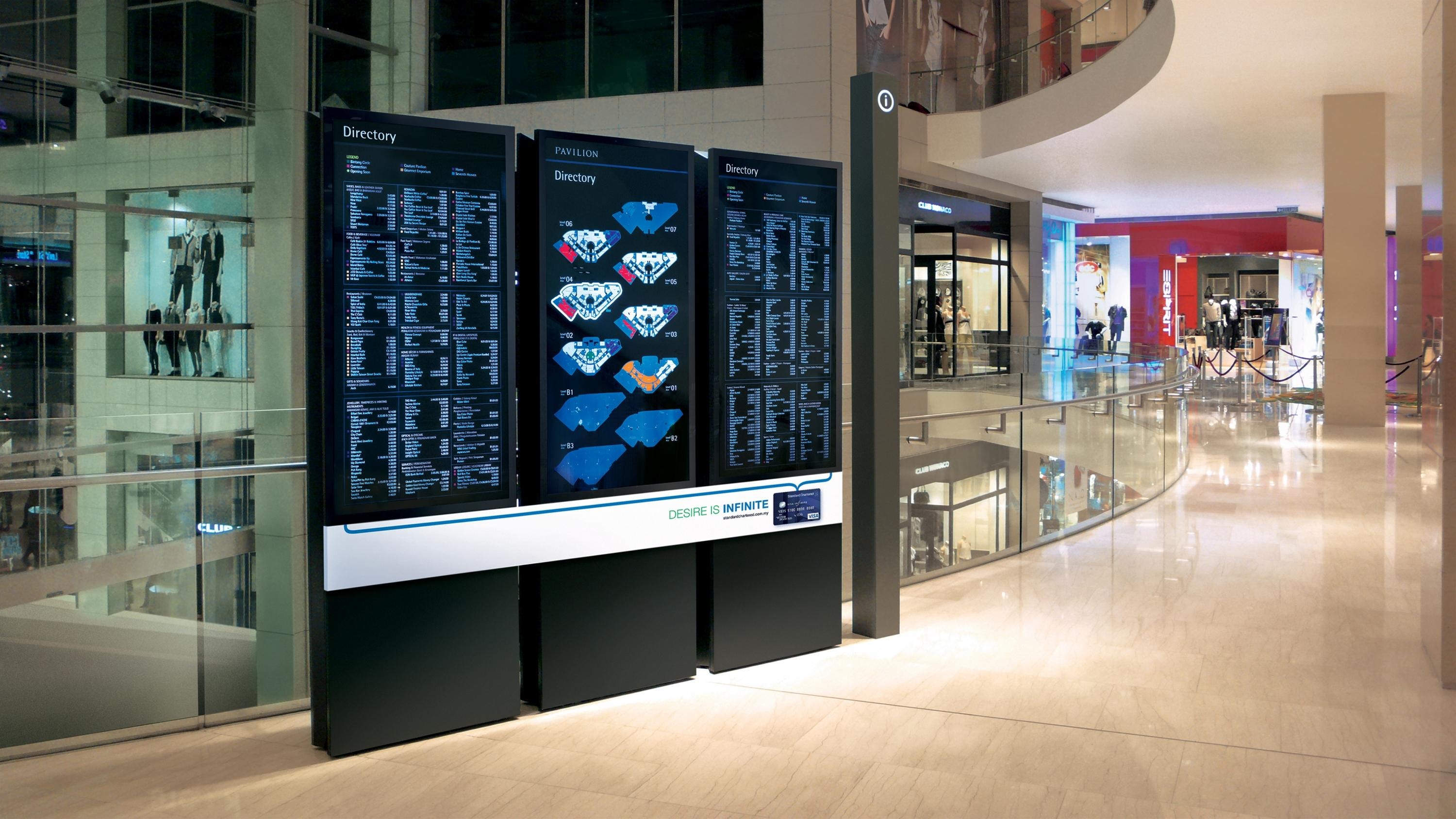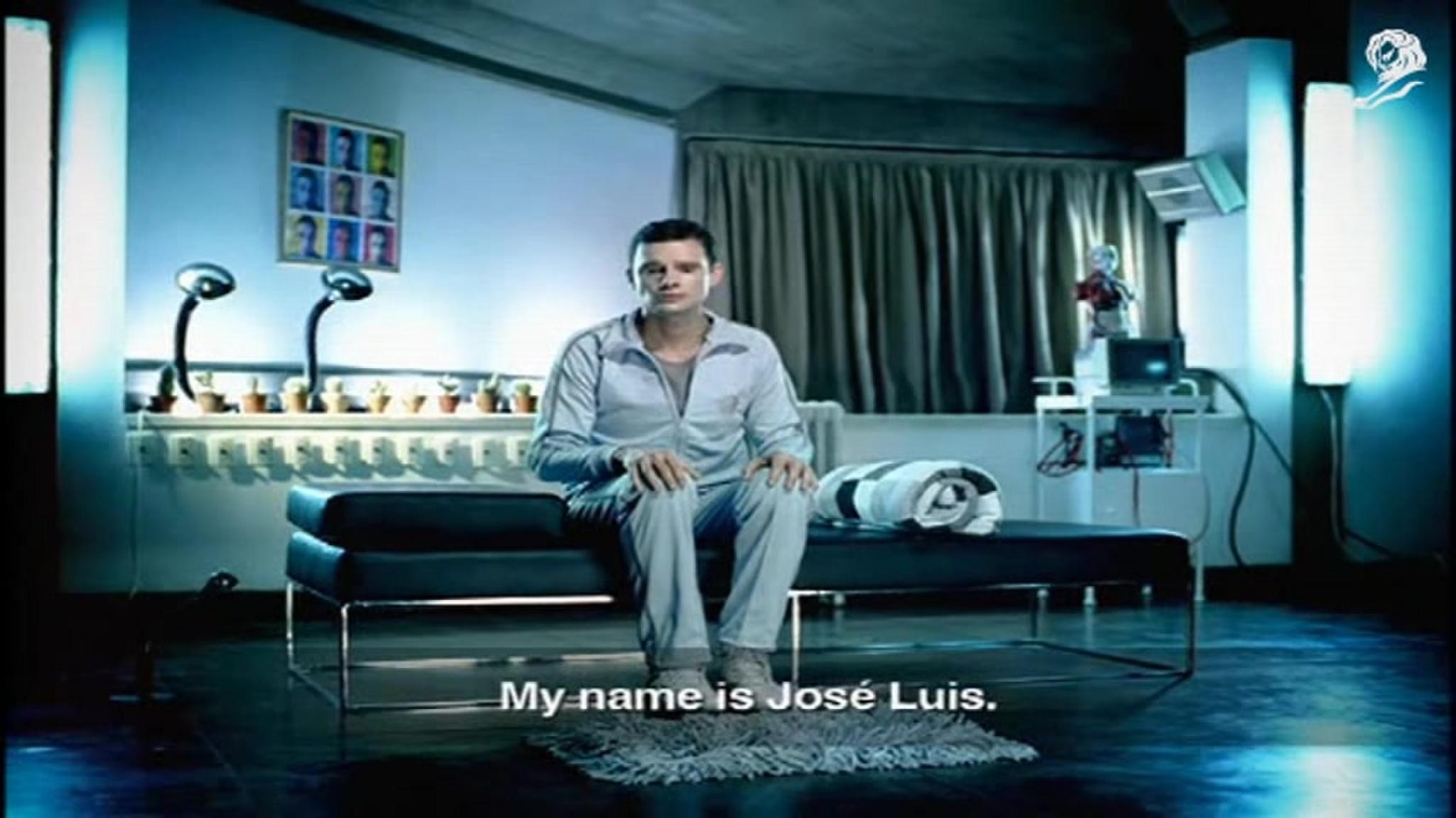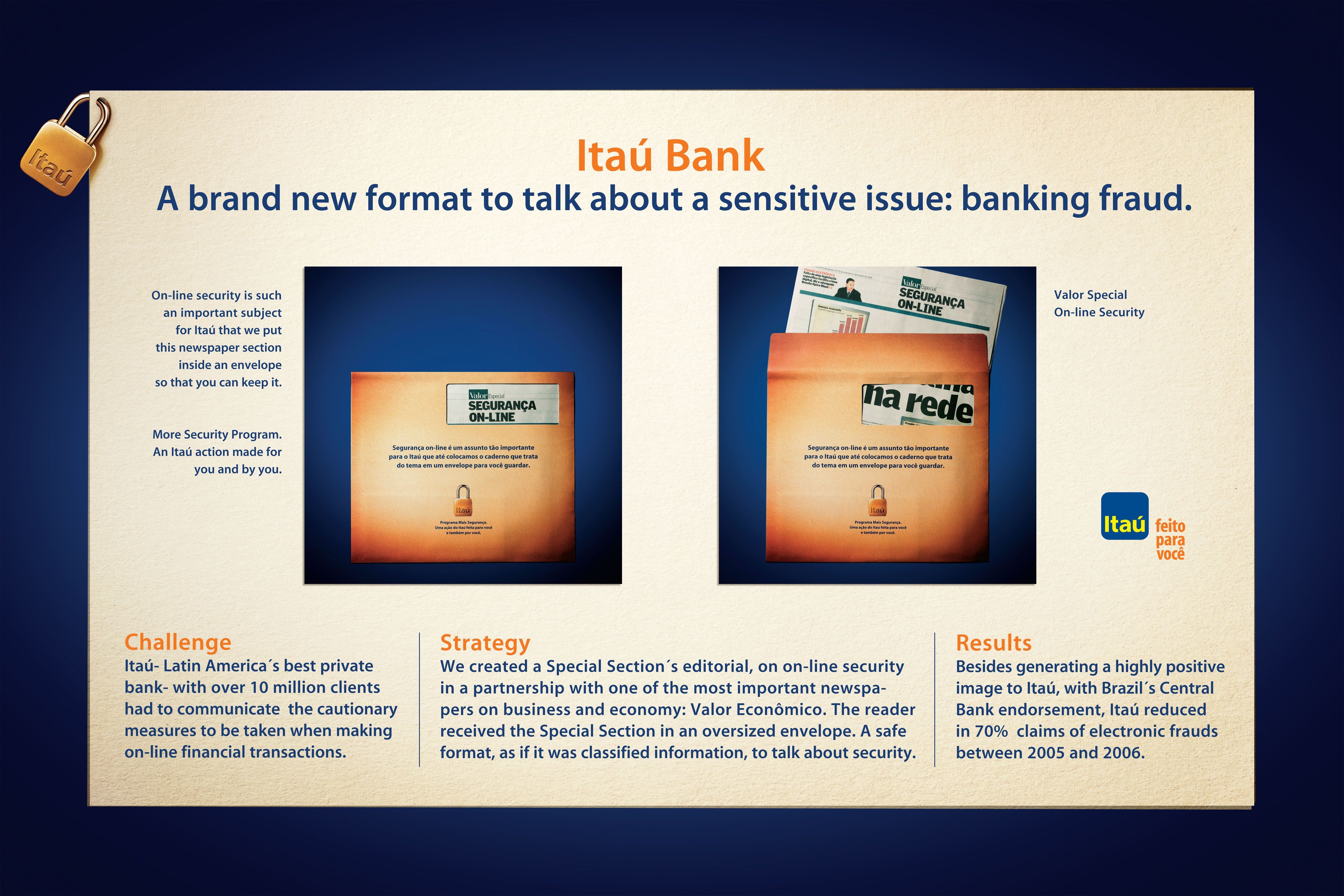Cannes Lions
The Algorithm Agent
TBWA\HONG KONG / STANDARD CHARTERED / 2019

Overview
Entries
Credits
OVERVIEW
Background
WALLETS WERE GETTING FULL
Over 20 million credit cards are circulating in Hong Kong - that’s an average of four cards for every adult. Such severe market saturation has stemmed market growth. By 2018, net acquisition of new cards slowed to 1.1%, a sixth of what it was in 2011.
FIGHT AMONGST BANKS WAS GETTING UGLY
As an outcome, banks use desperate tactics to win the next cardholder, such as using aggressive sales agents to intercept unsuspecting pedestrians at random.
OUR PRODUCT WAS OUTCOMPETED FROM THE GET-GO
Every bank was jumping on the cashback bandwagon. Competitors were offering four times more cashback compared to the 1.5% that Simply Cash Visa Card offered.
We needed a radically different approach towards acquisition in spite of our product’s inherent disadvantages.
BUSINESS OBJECTIVES:
- Increase credit card sign-ups by 30%.
- Reduce Cost Per Acquisition by 10%.
(KPIs set by previous campaign benchmarks)
Idea
Product insight: Less is more if it’s unconditional.
Scrutiny into hundreds of terms behind common cashback offers revealed a maze of complex rules. Our card’s saving grace was that its cashback came without caveats. The proposition was ‘limitless cashback for limitless joy’.
Data insight: One segment, 1,267 lifestyle interests.
Millennials are thought to be into more or less the same things. Analysis of search, social and platform data revealed a long-tail of 1,267 spending-related interests that were searched 3 billion times each month.
Channel insight: One magazine for every lifestyle is YouTube.
Amongst our target audience, 4 in 5 use YouTube every week. They habitually window-shop and learn via trending content on the platform.
IDEA: LIMITLESS TRENDING CONTENT CAN BE TURNED INTO ‘AGENTS’ TO SELL A LIMITLESS CASHBACK CARD.
The ‘Algorithm Agent’ was a data-fuelled automated acquisition engine that captured customers using real-time customised content.
Strategy
The ‘Algorithm Agent’ was utterly dependent on a rigorous set of interest data. Here’s how we constructed it.
Step #1: Identify the main interest categories.
We used cluster analysis via Nielsen Clear Decisions (consumer data platform, N = 6,000, +/- 1.2% margin of error @ 95% confidence level) to identify eight main categories of millennial interests that were related to spending.
Step #2: Partner with Google for first-level data.
It was necessary to directly work with Google for the scale of our data and technology needs. Based on the identified categories, Google provided first-level data on search and viewing behaviour on YouTube.
Step #3: Combine analysis with social and keyword research data.
By projecting its reach, we could see that first-level data was insufficient for our goals. We used keyword research and social monitoring tools to mine second-level data. This was particularly effective for finding data on trending interests that had smaller volumes but higher growth.
This helped us arrive at a dataset with sufficient reach for long-tail targeting.
1,267 spending-related interests that had:
- 3 billion monthly YouTube searches
- 7 million monthly social mentions
- 78% reach into active 25-54 year old YouTube users within Hong Kong.
Execution
TARGET
This stage is about spotting audiences. Google implemented data-targeting by finding users as they were looking for content related to our interests.
HOOK
This stage is about ‘seducing’ audiences. When Director Mix spots a right audience, it ‘mixes’ a pre-roll ad based on the content sought after. Over 200 customised flock videos were generated. E.g. if a “10-minute make-up tutorial” was desired, it served this 6-second ad: “In a rush for a blush? Earn 1.5% cashback on that.”
CLASSIFY
Those who were served customised ads were retargeted with a 15-second tactical ad. As this was a skippable TrueView video, the pool of those who did not skip was classified as having product intent.
CONVERT
This pool was then converted through a programmatic approach. It drove traffic to the online sign-up form using offer-based display, search and re-marketing tactics.
Outcome
REACH & EFFICIENCY
(KPIs set by Hong Kong finance category benchmarks)
YouTube Pre-Roll Flock Ads (6sec)
•KPI Goal: Reach 2M @ US$5.49 CPM
•Result: Reached 2.6M @ US$4.85 CPM
•Reached 86% of target universe on YouTube
YouTube TrueView Ads (15sec)
•KPI Goal: CPV No higher than US$0.038
•Result: CPV US$0.023 (40% lower than KPI)
•Viewability Rate: 94%
CONSIDERATION
(KPIs set by previous campaign benchmarks)
•KPI Goal: Improve product consideration by 25%.
•Result: 40% lift during campaign period.
•KPI Goal: Increase brand and product search by 20%.
•Result: 156% lift during campaign period, more than 7 times higher than KPI.
BUSINESS OBJECTIVES - CONVERSION
(KPIs set by previous campaign benchmarks)
•KPI Goal: Increase credit card sign-ups by 30%.
•Result: 62% lift within 4 weeks, more than double the KPI.
•KPI Goal: Reduce Cost Per Acquisition by 10%.
•Result: CPA dropped 23% vs previous campaigns, more than double the KPI.
Similar Campaigns
12 items







